Optimizing Last-Mile Delivery with 4G Rugged Devices: A UPS & Amazon Case Study
Last-mile delivery—the final step in the logistics chain—is the most expensive and complex part of shipping, accounting for up to 53% of total delivery costs (McKinsey, 2024). To tackle inefficiencies, industry leaders like UPS and Amazon have turned to 4G rugged mobile computers to enhance real-time tracking, reduce errors, and improve driver productivity.
This case study explores how UPS and Amazon leverage rugged 4G handhelds to optimize last-mile operations, comparing their strategies, results, and key takeaways for logistics providers.
1. The Last-Mile Challenge
Why Last-Mile Delivery Is Critical
- Costly: Up to $10 per delivery in urban areas (DHL, 2023).
- Customer Expectations: 76% of consumers demand same/next-day delivery (PwC, 2024).
- Inefficiencies: Missed deliveries, wrong addresses, and device failures disrupt operations.
How 4G Rugged Devices Help
✔ Real-Time Tracking – GPS and 4G enable live updates.
✔ Barcode/RFID Scanning – Reduces misdeliveries.
✔ Durability – Survives drops, rain, and extreme temperatures.
2. UPS: Enhancing Driver Efficiency with 4G Rugged Handhelds
Implementation Strategy
- Device: Zebra TC52/TC72 (4G Android rugged handhelds).
- Key Features:
- Precision GPS for accurate ETAs.
- Route Optimization AI (ORION system integration).
- Electronic Proof of Delivery (ePOD) with digital signatures.
Results
| Metric | Before 4G Rugged Devices | After Implementation | Improvement |
|---|---|---|---|
| Delivery Accuracy | 92% | 99.3% | 📈 +7.3% |
| Driver Productivity | 120 stops/day | 140 stops/day | ⏩ +16.6% |
| Device Downtime | 15% (consumer devices) | <2% | 🔧 -87% |
Challenges & Solutions
- Network Gaps: Added 4G signal boosters in rural zones.
- Training: UPS developed VR simulations for driver onboarding.
3. Amazon: Scaling Last-Mile Operations with Rugged Tech
Implementation Strategy
- Device: Amazon Relay & Honeywell CT60 (4G Windows rugged scanners).
- Key Features:
- Flex App Integration – Real-time delivery updates for customers.
- AI-Powered Damage Detection – Scans parcels for defects.
- Voice-Enabled Navigation – Hands-free operation for drivers.
Results
| Metric | Before 4G Rugged Devices | After Implementation | Improvement |
|---|---|---|---|
| Failed Deliveries | 5.2% | 1.8% | 📉 -65% |
| Delivery Speed | 8 hrs/day (avg) | 6.5 hrs/day | ⏩ -19% |
| Customer Complaints | 12% | 4% | 📉 -67% |
Challenges & Solutions
- High Volume: Deployed multi-scanner fleets in peak seasons.
- Security: Used biometric login to prevent unauthorized access.
4. Comparative Analysis: UPS vs. Amazon
| Factor | UPS | Amazon |
|---|---|---|
| Device Preference | Zebra TC Series (Android) | Honeywell CT60 (Windows) |
| AI Integration | ORION Route Optimization | Flex App + Damage Detection AI |
| Key Strength | Driver Productivity | Customer Transparency |
| Future Focus | 5G + Edge Computing | Autonomous Delivery Drones + Robotics |
Takeaway:
- UPS prioritizes driver efficiency, while Amazon focuses on customer visibility.
- Both prove that rugged 4G devices cut costs and improve reliability.
5. Future Trends in Last-Mile Delivery
- 5G Connectivity: Faster data speeds for real-time rerouting.
- Autonomous Vehicles: Rugged tablets control self-driving delivery vans.
- Blockchain ePOD: Tamper-proof delivery records.
6. Lessons for Other Logistics Providers
1. Start with a Pilot – Test rugged devices in high-volume zones first.
2. Choose OS Wisely – Android for flexibility, Windows for legacy systems.
3. Invest in Training – VR/AR tools speed up driver adoption.
4. Plan for 5G – Future-proof your fleet with upgradable devices.
Conclusion
UPS and Amazon demonstrate that 4G rugged devices are indispensable for last-mile delivery. By adopting similar strategies, logistics companies can:
✅ Boost accuracy (near-perfect scan rates).
✅ Slash costs (fewer failed deliveries, less downtime).
✅ Enhance customer satisfaction (real-time tracking).
The Bottom Line: Rugged 4G technology isn’t just an upgrade—it’s a competitive necessity in modern logistics. Leeshion's 4G rugged devices with more competitive price and good quality. If you have not update your devices yet, try Leeshion's 4G rugged devices!
No comments







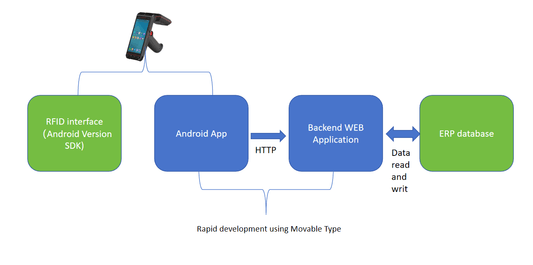
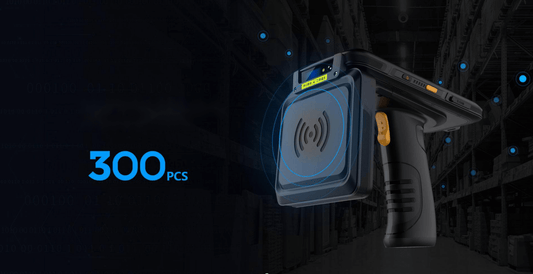
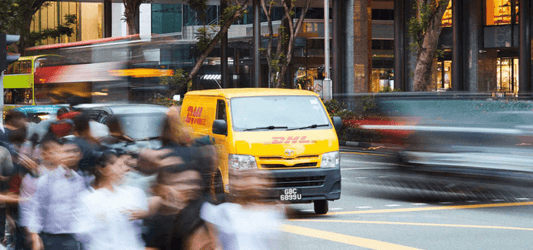
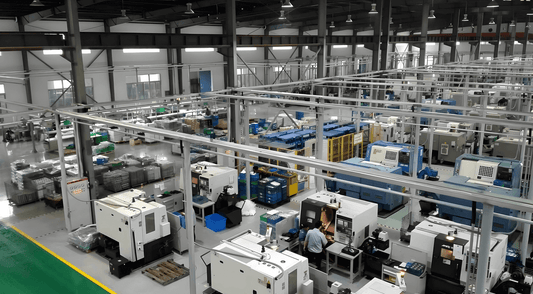
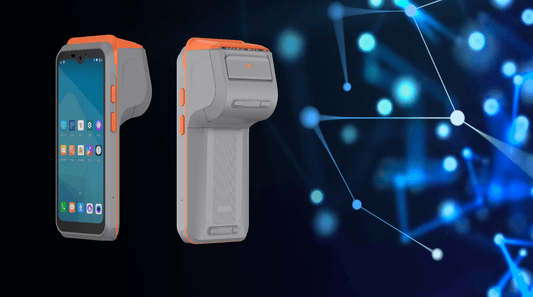
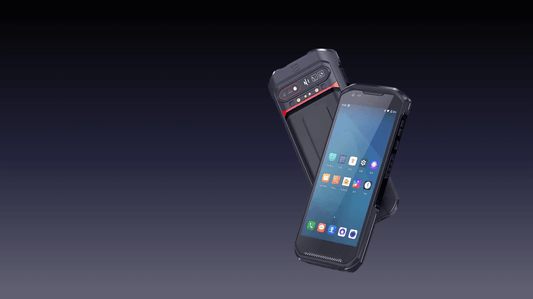
0 comments